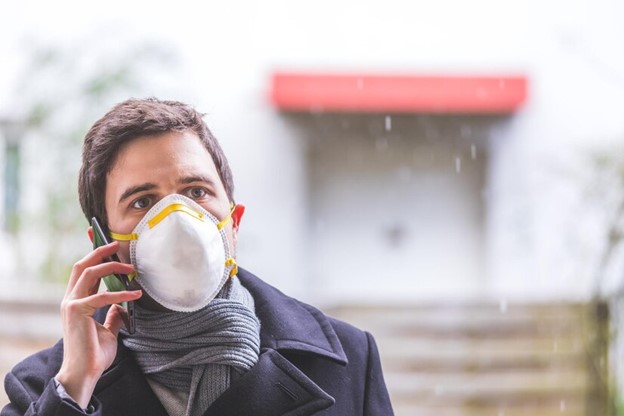

If you have wondered what the big deal is with the smoke from the wildfires that spread across Canada, this article is for you. The smoke from the wildfires is affecting the air quality as the air moves toward northeastern USA, which has recently reached hazardous levels.
The recent incident of air pollution is caused by the presence of PM 2.5 and PM 10, which pose a health risk for the more significant part of the population.
What is PM 2.5, and how does it affect you?
PM stands for particulate matter, which measures the amount of fine particles or pollutants in the air. PM 2.5 particles would be 30 times smaller than the width of human hair.
While fine particles come from air pollution caused by vehicle exhausts, the recent PM 2.5 incidence was caused by the burning of wood. Wildfire smoke releases PM 2.5 that, when inhaled, can cause short-term irritation such as discomfort in your eyes, nose, and throat, coughing, sneezing, a runny nose, and shortness of breath.
However, breathing it in for longer periods can cause respiratory issues such as asthma and bronchitis. The fine particles can enter deep into lung tissue and into the bloodstream and lead to heart disease.
Members of the population who are susceptible to the effects of PM 2.5 are those with respiratory or cardiovascular conditions, young children and the elderly.
To lessen exposure, avoid outdoor activities and wear N95 masks that can filter out PM 2.5 if you need to go outside. Indoors, use air filters to ensure you and your family breathe clean air.